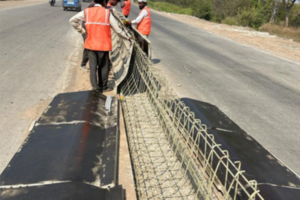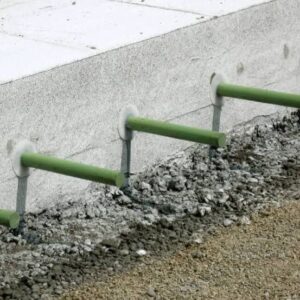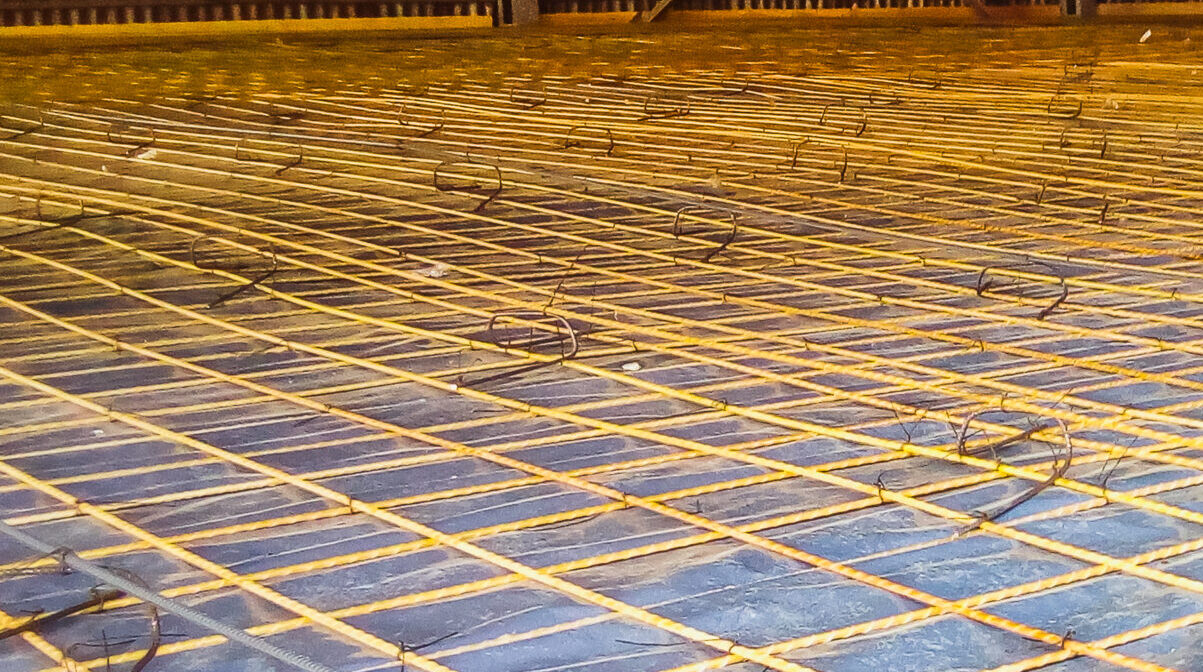When you think about the most crucial components of wastewater management, septic tanks might not be the first thing that comes to mind. Yet, for millions of homes, especially in areas without centralized sewage systems, these tanks are essential. But here’s the catch—traditional septic tanks reinforced with steel rebar are prone to some pretty significant issues over time. What if there were a better way to build these tanks, one that could withstand the test of time without the drawbacks of steel? Enter Glass Fiber Reinforced Polymer (GFRP) rebar, a game-changing material that’s poised to revolutionize septic tank construction.
The Hidden Challenges of Traditional Steel Rebar

We’ve relied on steel rebar for decades, but have you ever wondered why septic tanks often need repair or replacement sooner than expected? The answer lies in the inherent weaknesses of steel rebar:
- Corrosion Woes: Steel rebar is like a sponge for moisture and chemicals. Over time, this exposure leads to rust, which weakens the rebar, causing cracks in the concrete and ultimately compromising the septic tank’s structural integrity.
- A Shorter Lifespan: As steel rebar corrodes, the entire tank’s lifespan is shortened. This deterioration can lead to leaks, costly repairs, or even the need for a complete tank replacement.
- High Maintenance Costs: Tanks reinforced with steel rebar require frequent inspections and maintenance to catch and fix corrosion-related issues before they escalate.
Why GFRP Rebar is a Game-Changer for Septic Tanks

Imagine a material that’s immune to the very problems that plague steel rebar. That’s GFRP rebar in a nutshell. Here’s why GFRP rebar is set to take over the septic tank industry:
- Corrosion? Not a Chance: GFRP rebar doesn’t rust. It’s completely resistant to the moisture, chemicals, and acidic soil conditions that wreak havoc on steel. This means your septic tank will remain strong and intact for decades.
- Strength Beyond Steel: GFRP rebar isn’t just a corrosion-resistant alternative—it’s also incredibly strong. With superior tensile strength, it creates a tougher, more crack-resistant concrete structure that can withstand the pressures of daily use.
- Light as a Feather: One of the most surprising benefits of GFRP rebar is its lightweight nature. Compared to steel, it’s much easier to transport, handle, and install, saving time and reducing labor costs.
- Built to Last: Because GFRP rebar doesn’t corrode, septic tanks reinforced with it can last significantly longer—potentially for decades without structural issues. This longevity means less worry and fewer expenses over time.
- Minimal Maintenance: Say goodbye to frequent inspections and repairs. With GFRP rebar, your septic tank will require far less upkeep, leading to substantial cost savings.
- Eco-Friendly Choice: GFRP rebar doesn’t leach harmful chemicals into the surrounding soil, unlike corroding steel, which can contaminate both soil and groundwater. By choosing GFRP, you’re making an environmentally responsible choice that protects the planet.
Real-World Success Stories: GFRP Rebar in Action

It’s one thing to talk about the benefits of GFRP rebar, but seeing it in action is another story. Here are some real-life examples that highlight why GFRP rebar is the future of septic tank construction:
- Durability in Coastal Regions: Coastal areas, with their high moisture and salt content, are notorious for speeding up steel rebar corrosion. GFRP-reinforced septic tanks in these regions have demonstrated remarkable resilience, maintaining their structural integrity for years, even in the harshest conditions.
- Significant Cost Savings: In both residential and municipal applications, the long-term savings of using GFRP rebar are undeniable. The initial investment might be slightly higher, but the reduced need for maintenance and the extended lifespan of the tanks more than make up for it.
- Environmental Protection: By opting for GFRP rebar, many builders are contributing to more sustainable construction practices. These tanks don’t just last longer—they also prevent the environmental damage that corroding steel can cause.
- Smooth and Quick Installation: Contractors who’ve switched to GFRP rebar often rave about how easy it is to work with. Its lightweight nature means faster installations and less strain on the workforce, leading to quicker project completions and lower labor costs.
Conclusion: The Future of Septic Tank Construction is Here

So, what does all this mean for you? If you’re in the market for a new septic tank or are responsible for managing wastewater systems, GFRP rebar should be at the top of your list. Its advantages over traditional steel—corrosion resistance, superior strength, lightweight properties, and environmental benefits—make it the ideal material for modern septic systems.
As the construction industry continues to innovate, GFRP rebar is leading the way toward a future where septic tanks are more durable, require less maintenance, and are better for the environment. The next time you’re faced with a choice between steel and GFRP, think about the long-term benefits. It’s not just about building a tank for today—it’s about building one that will stand strong for decades to come.
Ready to Embrace the Future?
If you’re ready to upgrade your septic tank construction or simply want to learn more about the benefits of GFRP rebar, now’s the time to act. Let’s start a conversation about how GFRP rebar can transform your projects, making them more durable, sustainable, and cost-effective. The future of septic tank construction is bright—are you ready to be a part of it?
